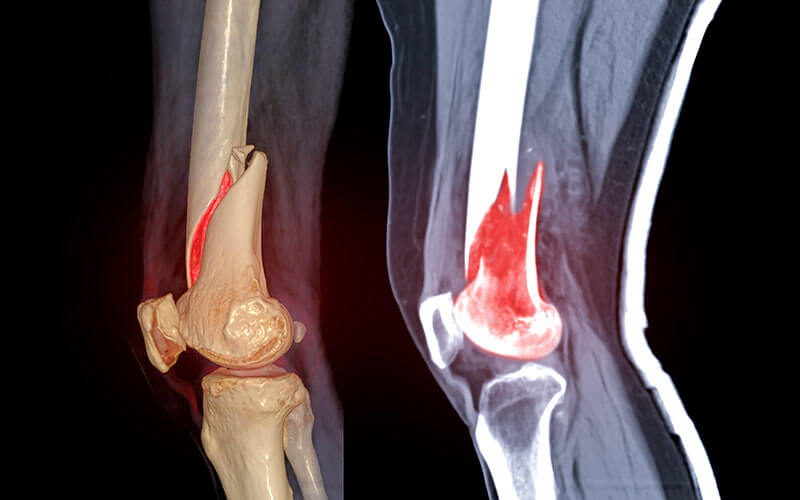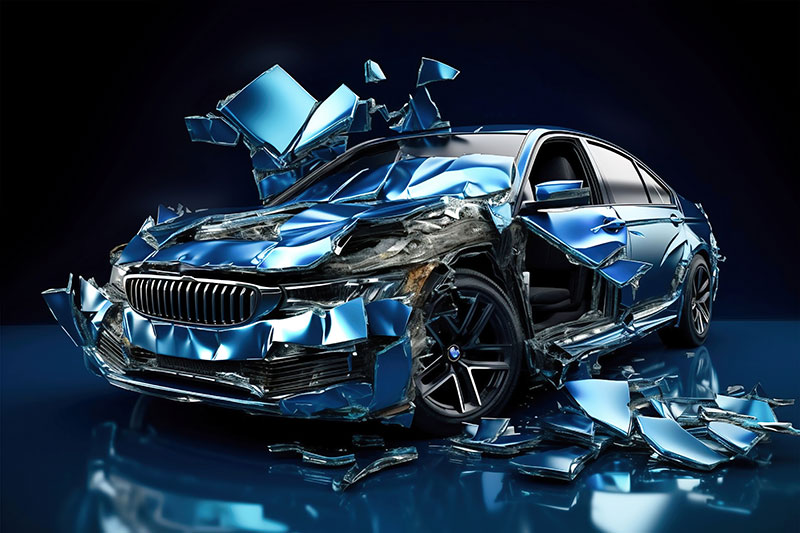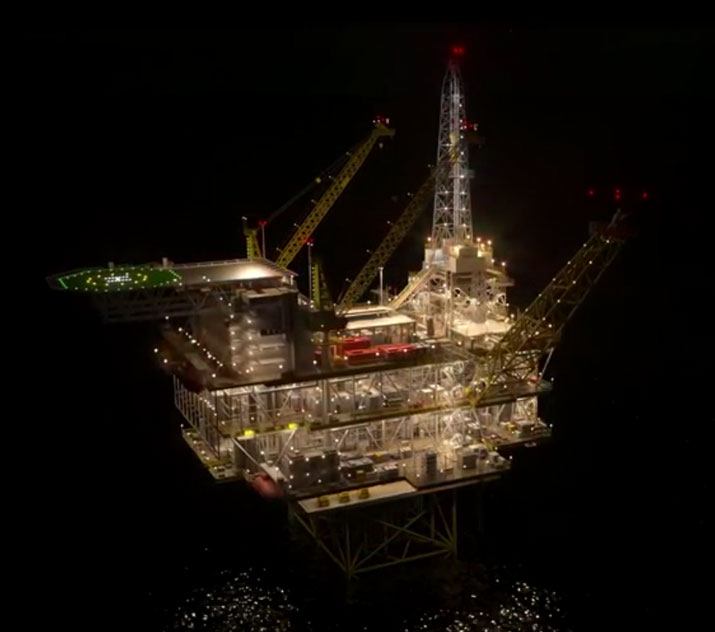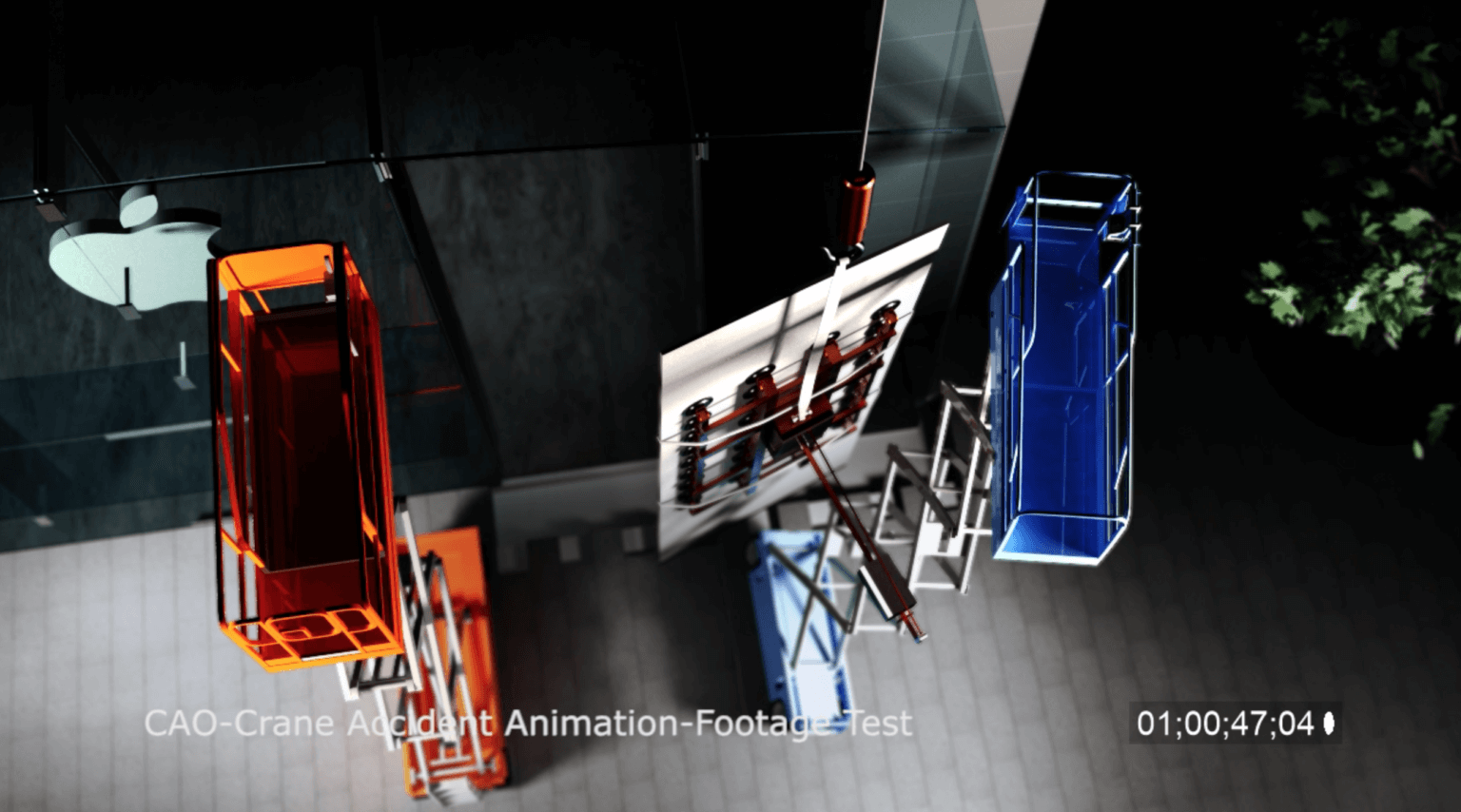courtroom animation
Within the realm of traditional animation, examples of 2D animation can be found in early Disney films such as Pinocchio and Beauty and the Beast. However, an alternative form known as Vector-based animation exists that allows for a 2D aesthetic without adhering to traditional methods.
A cartoon refers to a form of animated movie, typically of brief duration, characterized by an exaggerated visual presentation. Drawing influence from comic strips, cartoons often showcase anthropomorphic creatures, superheroes, or the thrilling escapades of human main characters. Particularly in cases involving animals that have a natural predator/prey dynamic (such as cats and mice, coyotes and birds), the focus of their actions frequently revolves around exaggerated comedic mishaps, including falls, collisions, and explosions that would be fatal in actuality.
Animation has gained significant popularity in television advertisements, primarily attributed to its visual allure and ability to inject humor. Certain animated characters, like Snap, Crackle, and Pop from Kellogg's cereal commercials, have managed to sustain their presence for several decades. Tex Avery, the individual responsible for producing the inaugural Raid Kills Bugs Dead advertisements in 1966, played a pivotal role in the company's remarkable success.



